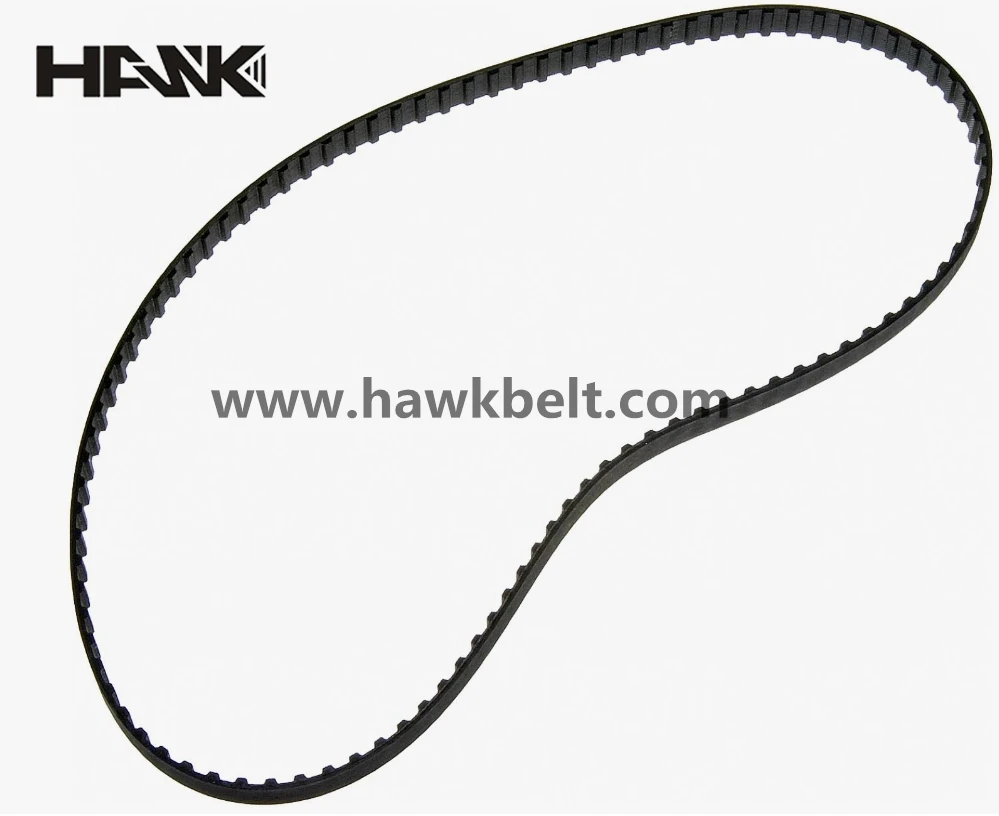- Arabic
- French
- Russian
- Spanish
- Portuguese
- Turkish
- Armenian
- English
- Albanian
- Amharic
- Azerbaijani
- Basque
- Belarusian
- Bengali
- Bosnian
- Bulgarian
- Catalan
- Cebuano
- Corsican
- Croatian
- Czech
- Danish
- Dutch
- Afrikaans
- Esperanto
- Estonian
- Finnish
- Frisian
- Galician
- Georgian
- German
- Greek
- Gujarati
- Haitian Creole
- hausa
- hawaiian
- Hebrew
- Hindi
- Miao
- Hungarian
- Icelandic
- igbo
- Indonesian
- irish
- Italian
- Japanese
- Javanese
- Kannada
- kazakh
- Khmer
- Rwandese
- Korean
- Kurdish
- Kyrgyz
- Lao
- Latin
- Latvian
- Lithuanian
- Luxembourgish
- Macedonian
- Malgashi
- Malay
- Malayalam
- Maltese
- Maori
- Marathi
- Mongolian
- Myanmar
- Nepali
- Norwegian
- Norwegian
- Occitan
- Pashto
- Persian
- Polish
- Punjabi
- Romanian
- Samoan
- Scottish Gaelic
- Serbian
- Sesotho
- Shona
- Sindhi
- Sinhala
- Slovak
- Slovenian
- Somali
- Sundanese
- Swahili
- Swedish
- Tagalog
- Tajik
- Tamil
- Tatar
- Telugu
- Thai
- Turkmen
- Ukrainian
- Urdu
- Uighur
- Uzbek
- Vietnamese
- Welsh
- Bantu
- Yiddish
- Yoruba
- Zulu
dec . 26, 2024 06:19 Back to list
Understanding the Importance of Steel Timing Belts in Modern Engineering Applications
The Importance of Steel Timing Belts in Modern Engineering
Timing belts are an integral component in various machinery, ensuring perfect synchronization between moving parts. Among the various materials used for manufacturing these belts, steel timing belts have gained significant attention in modern engineering due to their durability, strength, and operational efficiency.
Understanding Timing Belts
A timing belt is a closed-loop belt that connects two or more rotating shafts. The primary function of a timing belt is to transfer motion and torque between these shafts while maintaining precise timing. This synchronization is vital in numerous applications, such as automotive engines, industrial machinery, and robotics.
Traditionally, timing belts are made from rubber or other elastomers, often reinforced with fibers for added strength. However, steel timing belts offer several advantages that make them an increasingly popular choice in industries requiring high-performance and reliability.
Benefits of Steel Timing Belts
1. Strength and Durability Steel is renowned for its strength. When used in timing belts, steel provides a higher tensile strength compared to traditional rubber options. This means that steel timing belts can withstand greater loads and are less likely to stretch over time, ensuring consistent performance.
2. Precision Engineering In applications where precision is paramount, steel timing belts excel. Their inherent rigidity allows for precise distance maintenance between rotating shafts, leading to improved accuracy in timing applications. This precision is particularly critical in industries like aerospace, automotive, and manufacturing, where even minimal deviations can result in significant issues.
3. Temperature Resistance Steel timing belts exhibit superior performance in extreme temperatures. Rubber belts may degrade or lose flexibility when exposed to high heat or cold, while steel can operate effectively across a broader temperature range without a decline in performance. This makes steel timing belts suitable for applications in harsh environments.
steel timing belt

4. Micro-Movements and High Speeds In high-speed applications, traditional rubber timing belts can experience phenomena such as slippage or hysteresis, leading to inefficiencies. Steel timing belts, on the other hand, are designed to mitigate these issues, providing reliable performance even at high speeds and under rapid acceleration and deceleration.
5. Low Maintenance Costs While the initial investment in steel timing belts may be higher, their longevity and durability often result in lower maintenance costs over time. With reduced wear and tear, the need for frequent replacements is diminished, making steel timing belts a cost-effective solution in the long run.
Applications of Steel Timing Belts
Steel timing belts are employed in various applications across multiple industries. In the automotive sector, they are used in camshaft and crankshaft synchronization, essential for the efficient operation of internal combustion engines. In the realm of manufacturing, these belts are utilized in conveyor systems, CNC machines, and automated assembly lines, ensuring smooth and precise operations.
The robotics industry also benefits significantly from steel timing belts. In robotic systems where accuracy and speed are required, the use of steel belts helps achieve the fine-tuned movements needed for intricate tasks. Moreover, in medical devices and equipment, the reliability of steel timing belts contributes to patient safety and operational efficiency.
Conclusion
Steel timing belts represent a significant advancement in the field of mechanical engineering, offering numerous advantages over traditional rubber belts. Their strength, durability, precision, and ability to operate under extreme conditions make them an ideal choice for a wide range of applications. As technology continues to evolve and the demand for efficient, reliable machinery increases, the role of steel timing belts in modern engineering is set to expand even further. Embracing these belts can enhance performance, reduce maintenance costs, and ultimately lead to higher productivity across various industries.
In a world increasingly pushing for innovation and efficiency, the steel timing belt stands out as a small but mighty component, contributing to the seamless operation of complex machinery and engineering marvels.
-
Korean Auto Parts Timing Belt 24312-37500 For Hyundai/Kia
NewsMar.07,2025
-
7PK2300 90916-T2024 RIBBED BELT POLY V BELT PK BELT
NewsMar.07,2025
-
Chinese Auto Belt Factory 310-2M-22 For BMW/Mercedes-Benz
NewsMar.07,2025
-
Chinese Auto Belt Factory 310-2M-22 For BMW/Mercedes-Benz
NewsMar.07,2025
-
90916-02660 PK Belt 6PK1680 For Toyota
NewsMar.07,2025
-
drive belt serpentine belt
NewsMar.07,2025

